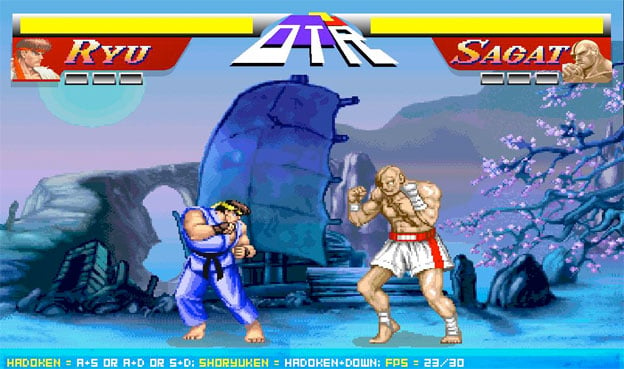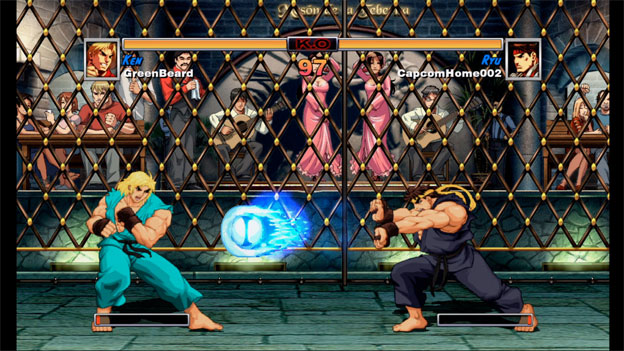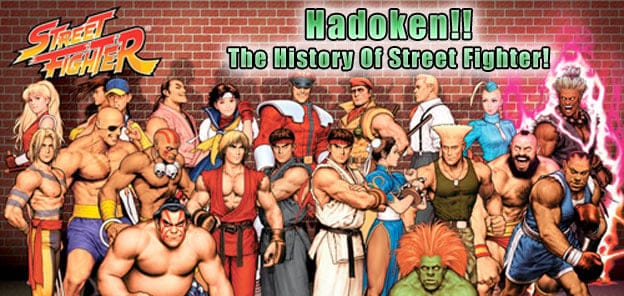Hadoken! The History of Street Fighter
Street Fighter has long been considered the holy grail of fighting games for its unique mix of style and strategy, and its challenging battle system. However, even though it seems Street Fighter has been around forever, this series actually had meager beginnings. Our story begins with an arcade cabinet in 1987…
The original Street Fighter was a minimalist game, unleashed on arcades nearly two decades ago. The game featured two playable characters: Ryu and Ken. Ryu was the persistent first character, but if someone wanted to play as Ken, he would automatically be selected as the second character. The game didn’t have much of a story, and there wasn’t that much to the battle system (there were only three attacks for each character). However, the game became a cult hit and set the stage for what would be the biggest game in Street Fighter history.

Street Fighter II was released in 1991, and went on to become the best-selling title in Capcom’s history. Though the Street Fighter series was relatively unknown outside the arcade sphere, Street Fighter II was released both in arcades and on home consoles, and it was the latter that really gave Street Fighter II its staying power. It launched on both Capcom’s CP System as well as on the SNES, and though all these versions were nearly identical, the game proved to be a breakout hit on the SNES.
In addition to boosting the move rosters of the game’s original core characters, the game also included several new characters who would go on to become staples of the franchise, including M. Bison, Vega, Guile and Chun-Li. Street Fighter II’s success became the stuff of legend fairly quickly, and Capcom looked to capitalize on its success with several re-releases including Street Fighter II: Championship Edition, Street Fighter II: Hyper Fighting, Super Street Fighter II, and Super Street Fighter II Turbo. These subsequent releases included more characters, extra moves, and improved technical elements.

Though the various re-releases kept the Street Fighter engine going through the early nineties, fans soon wanted something different. However, instead of going for a full sequel, several spin-off series were commissioned. The first of these was Street Fighter Alpha. Street Fighter Alpha differed from its enumerated counterparts in several ways, the most obvious being the change in art style. The game featured all-new character designs that were based on the characters from the Street Fighter animated movie, making them instantly recognizable to those who hadn’t played the original games, but had seen the cartoon. The Street Fighter Alpha series (which spawned three iterations over as many years) also introduced a new custom combo system that can be seen as one of the bases for the modern fighting game. The custom combo system allowed players to chain together big attacks in a way that was strategic and took advantage of individual play styles.
The Alpha series’ biggest contribution to the Street Fighter Universe may have been the new combo system, but the next spin-off series, Street Fighter EX took the series into the next dimension. While previous Street Fighter games had all been pixel-based, Street Fighter EX used 3D character models and 2.5-D stages. The 3D visuals were met with some trepidation by fans, but with each subsequent iteration of the EX series, they were grew more acceptable.
- Page 1
- Page 2
